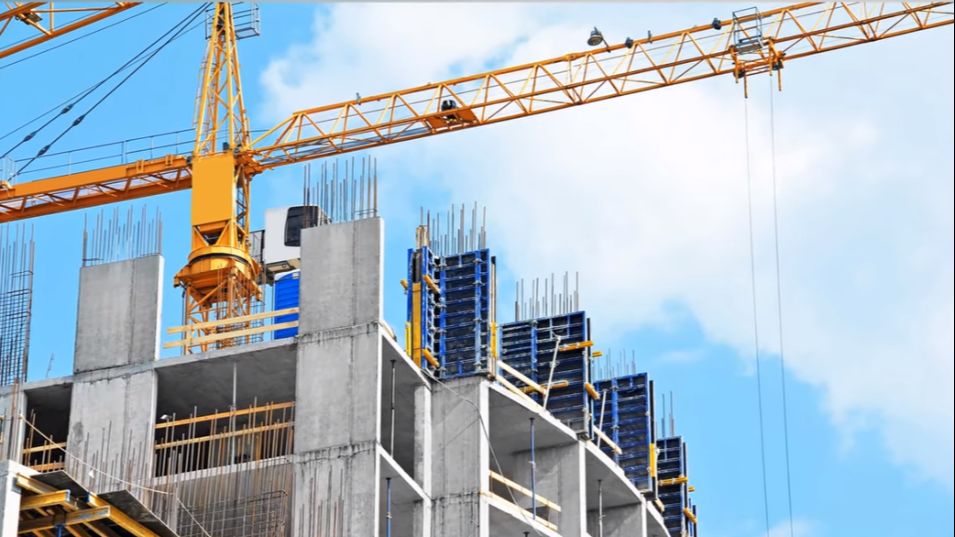Think about the sidewalks we walk on every day, the roads you drive, countless energy infrastructures, dams, power plants... All of them require cement. The emissions from cement production account for up to 8% of global carbon emissions, more than the aviation and shipping industries combined.
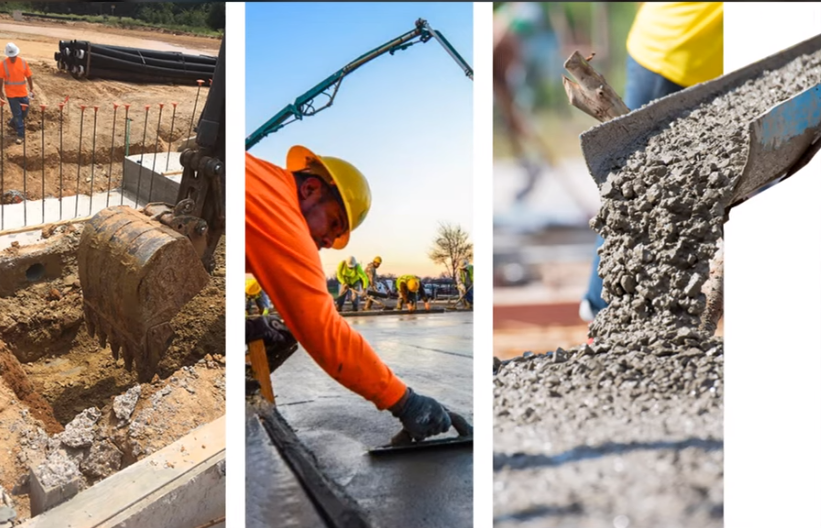
China's rapid development is one of the main causes of this situation. In just two years, 2020 and 2021, China produced more cement than the United States did in the entire 20th century. Other developing countries will also need to use a large amount of cement when building cities and infrastructure. If we want to achieve carbon neutrality in the coming decades, we need to find ways to build without generating emissions from cement. This task is challenging but not impossible.
Current Solutions
Observe a typical cement plant that is commonly operating around the world: the kiln chimney, the preheating system, also known as the pre-calcination system. All of these are sources of carbon emissions, about 40% of cement emissions come from burning fuel to heat the kiln where temperatures can reach up to 1450 degrees Celsius, the remaining 60% comes from the preheating tower where clay and other additives are heated to 885 degrees Celsius, causing limestone to release carbon dioxide. So where does the solution lie?
First, we need to consider using less concrete. In reality, we often use two to three times more concrete than necessary; architects and structural engineers tend to use concrete excessively to ensure safety and avoid legal risks. Although concrete plays an important role in bearing compressive loads and large weights, especially in foundations and columns, in other locations we can significantly reduce the use of this material. The new Parliament building in Scotland is a typical example of architectural design aimed at reducing carbon; concrete and steel are only used when absolutely necessary, while plywood is prioritized for non-load-bearing walls and structural components.
Designing with awareness of carbon emissions is certainly key to minimizing the impact of the cement industry on the environment. Of course, completely replacing concrete in the near future is impossible; according to some analyses, reducing excess concrete as it is now can only help reduce emissions by a maximum of about 26%. Clearly, the world needs to make greater efforts than that.
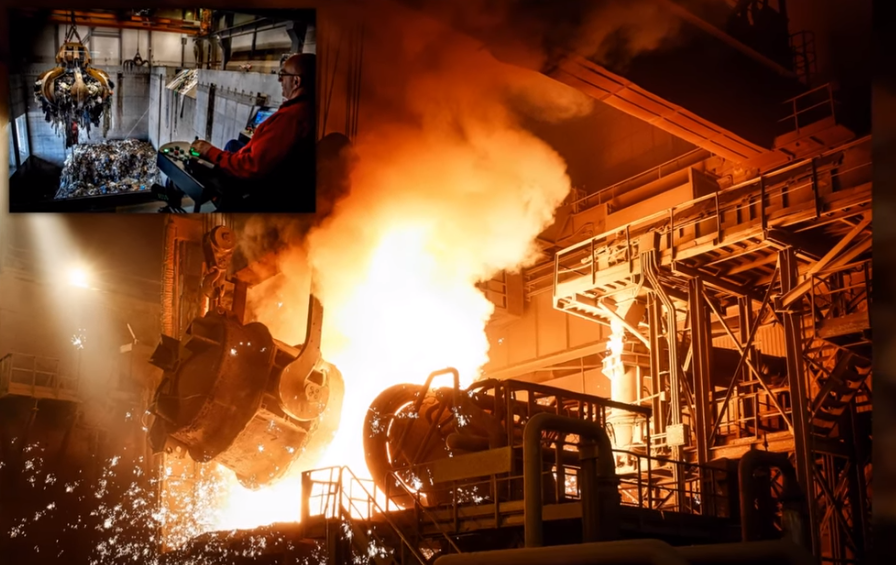
The next solution lies in the cement production process itself, as mentioned, 40% of emissions come from the kiln, which typically uses coal, petroleum coke, or natural gas to reach temperatures of up to 1450 degrees Celsius. Electrifying the kiln is an energy-injecting solution, but achieving such high temperatures with electricity is a significant challenge; although some startups are working to realize this idea, much work remains to be done.
Another solution is to use kilns as waste treatment facilities; the high temperatures of the kilns make them ideal for processing industrial waste, household waste, or used tires. The limestone in the kiln will absorb the pollutants generated during the burning process, preventing them from being released into the atmosphere. This fuel conversion could help reduce emissions by about 7%.
A New Type of Concrete
Let's analyze another aspect of the emissions problem from cement. The carbon released from the process of heating limestone, after passing through the kiln, will turn into clinker, the main binding component in cement; cement combined with sand and water forms concrete. Although it only accounts for about 10% of the concrete composition, cement is the main contributor to emissions. Therefore, another strategy is to seek alternative materials to replace clinker. Startups are actively researching and developing a new green cement that completely eliminates clinker, but so far no material has been able to completely replace limestone in terms of abundant reserves and commercial viability.
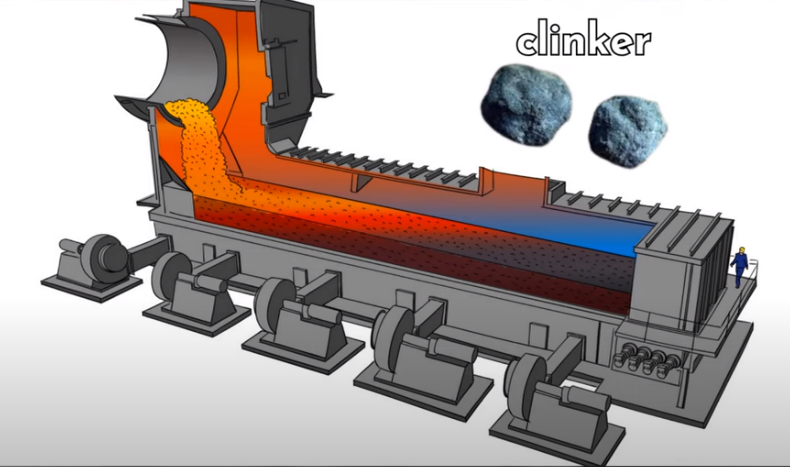
Adjusting the concrete formula requires time for testing and strict safety checks, and this is absolutely necessary. Recent unfortunate incidents in Turkey involving the widespread use of low-quality cement and substandard construction processes are a valuable lesson. In North America, clinker accounts for about 90% of the cement composition due to strict safety standards, but compared to the rest of the world, North America is somewhat overly cautious. The average clinker-to-cement ratio globally in 2020 was only about 72%. This shows the enormous potential to reduce the clinker ratio by using alternative products.
Experts believe that by adding untreated clay and limestone, we can create a new cement mixture with a clinker ratio of only 50% while still ensuring safety. This is a proven technology that meets current building standards and has the potential to halve emissions from the cement and concrete industry. These efforts will play an important role in the fight against climate change. However, as long as we have not found a completely emission-free cement that can be scaled up for production, any clinker production activity will continue to emit a significant amount of emissions into the environment.
Carbon Capture
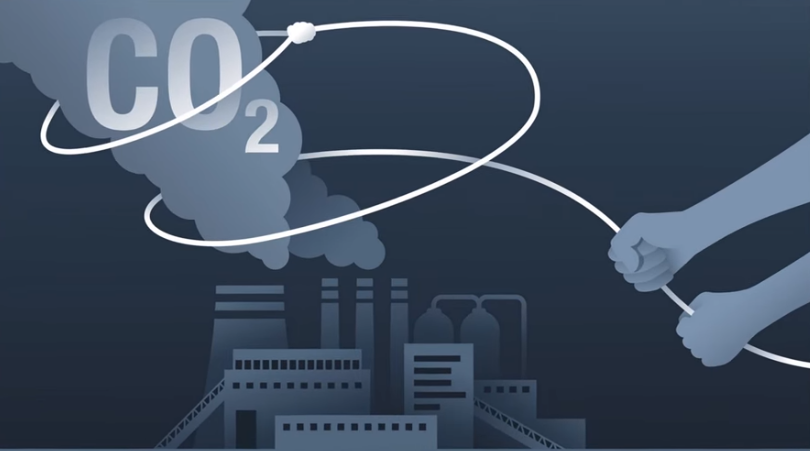
The journey towards a sustainable construction industry brings us to the final and most challenging step. To decarbonize cement production to achieve this ambitious goal, there is no other way than to apply carbon capture and storage technology. This method involves capturing the carbon dioxide (CO2) generated from thermal and chemical processes in cement production, then compressing and safely storing it deep underground in suitable geological formations.
A typical example of this pioneering effort is a project by a cement company in Norway, where they are testing one of the world's first cement plants capable of capturing CO2 and are expected to store it under the North Sea in depleted oil and gas fields. In addition to capturing carbon after production, another promising direction being pursued by startups is incorporating CO2 into the cement and concrete production process. This new method leverages the natural ability of rocks to absorb and retain carbon, opening up the potential to transform the construction environment, which is known for its massive concrete buildings, into vast carbon storage reservoirs.
With these efforts, the goal of achieving a net-zero emissions construction industry by 2050 is becoming increasingly feasible. China, the largest cement producer in the world, plays a key role in this green revolution; although there are still many challenges, there are positive signals from the country of a billion people. The average lifespan of a cement plant in China is about 15 years, much lower than the 34-35 years in the United States. This means that cement plants in China can utilize more modern, energy-efficient technologies.
Additionally, China also uses less clinker, the main component that generates CO2 in cement, compared to the global average and has implemented at least one carbon capture project. However, the road ahead still holds many challenges. Recently, China postponed its peak emissions deadline in the construction sector from 2025 to 2030. Changing the design and production processes of concrete and cement are feasible short-term steps, while carbon capture and storage technology is still in the early stages of development and requires significant investment costs. Estimates suggest that the cost of producing cement using carbon capture technology could increase by 70% to 115%, but when considering the total cost of a construction project, the cost of cement or concrete only accounts for a very small portion.
Therefore, it is entirely feasible and economically beneficial for governments to commit to supporting part of the material costs to promote the application of this green technology. A typical example is the U.S. Inflation Reduction Act, with a policy to increase tax credits to $85 for each ton of carbon stored, contributing to creating incentives for the carbon capture and storage market to develop. For a long time, heavy industries such as cement production were seen as a climate conundrum, but today, with significant advancements in science and technology, we have solutions at hand to address that problem.
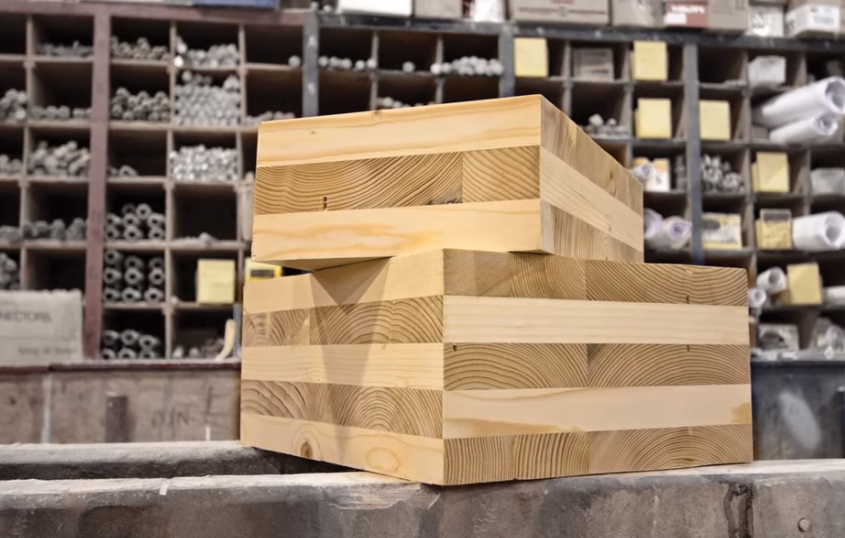
In addition to revolutionizing the cement industry, the search for and application of alternative building materials also plays an equally important role. Wood, with its natural renewability and carbon absorption capabilities, emerges as a strong candidate. However, the transition to widespread wood use also poses new challenges; estimates suggest that to meet global construction demand, we may need to triple the amount of harvested wood. This poses a risk of putting pressure on forest resources and ecosystems.
Each solution has its own advantages and limitations; therefore, to address the greenhouse gas emissions problem in the construction sector, we need to adopt a diverse approach that harmoniously combines the development of green technology for traditional materials like cement and concrete while also promoting research and application of potential alternative materials like wood.
